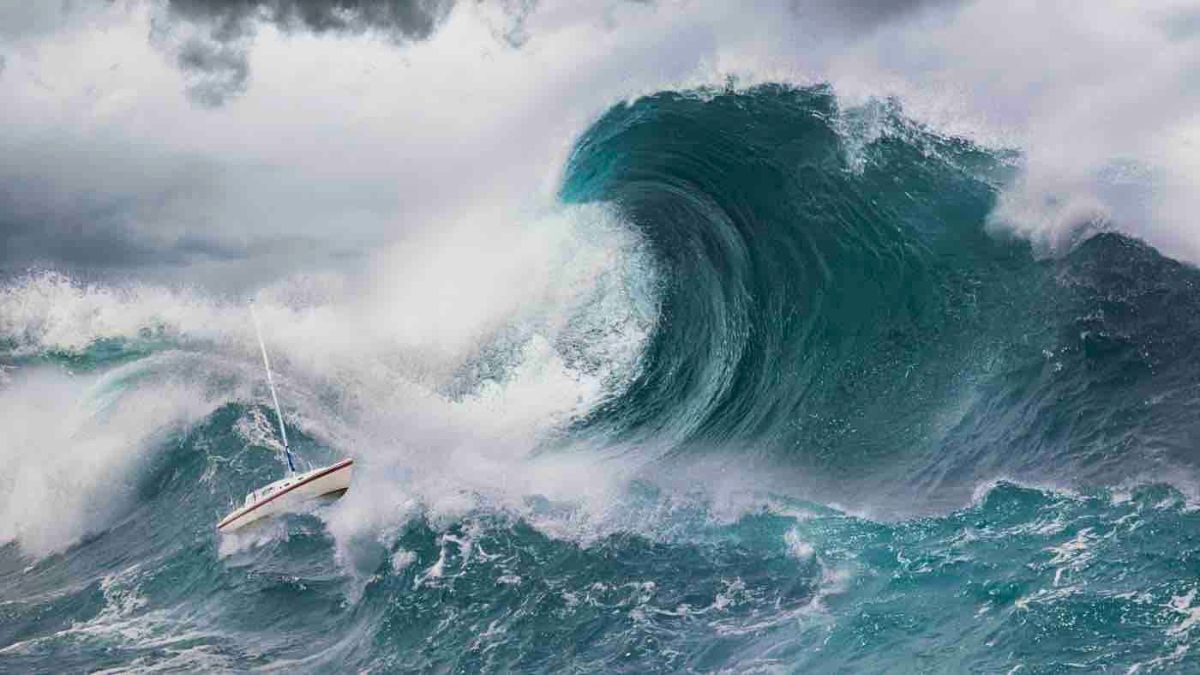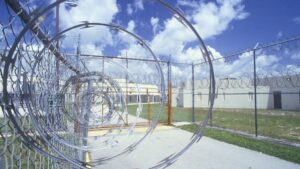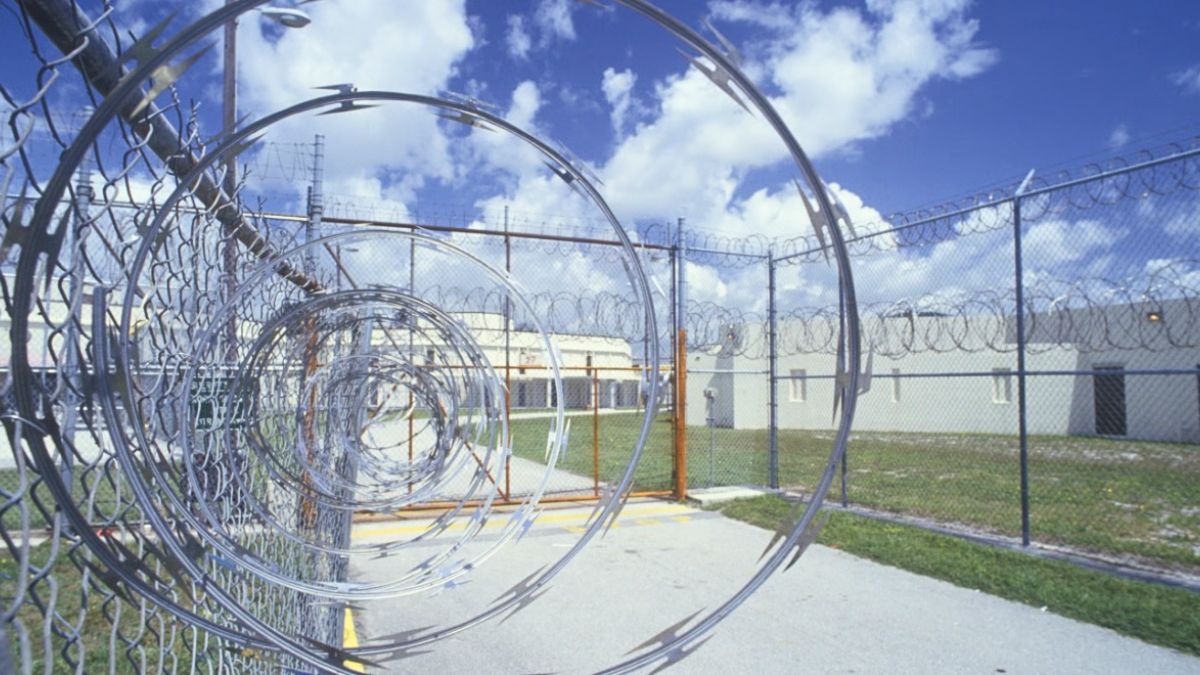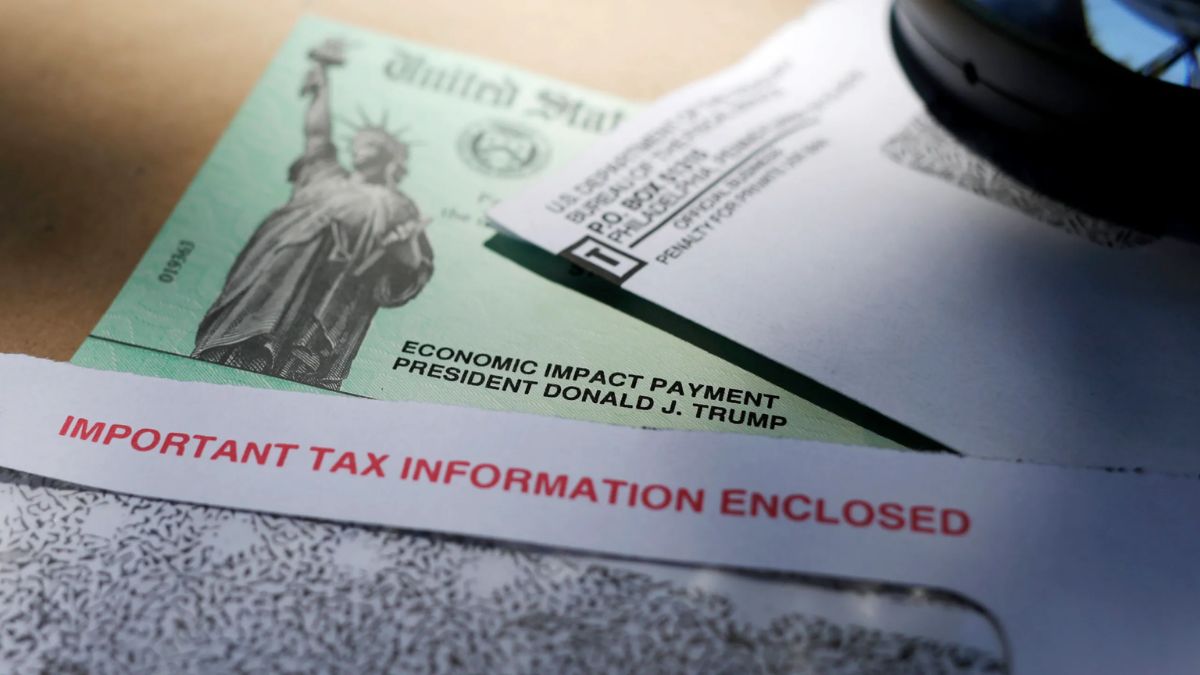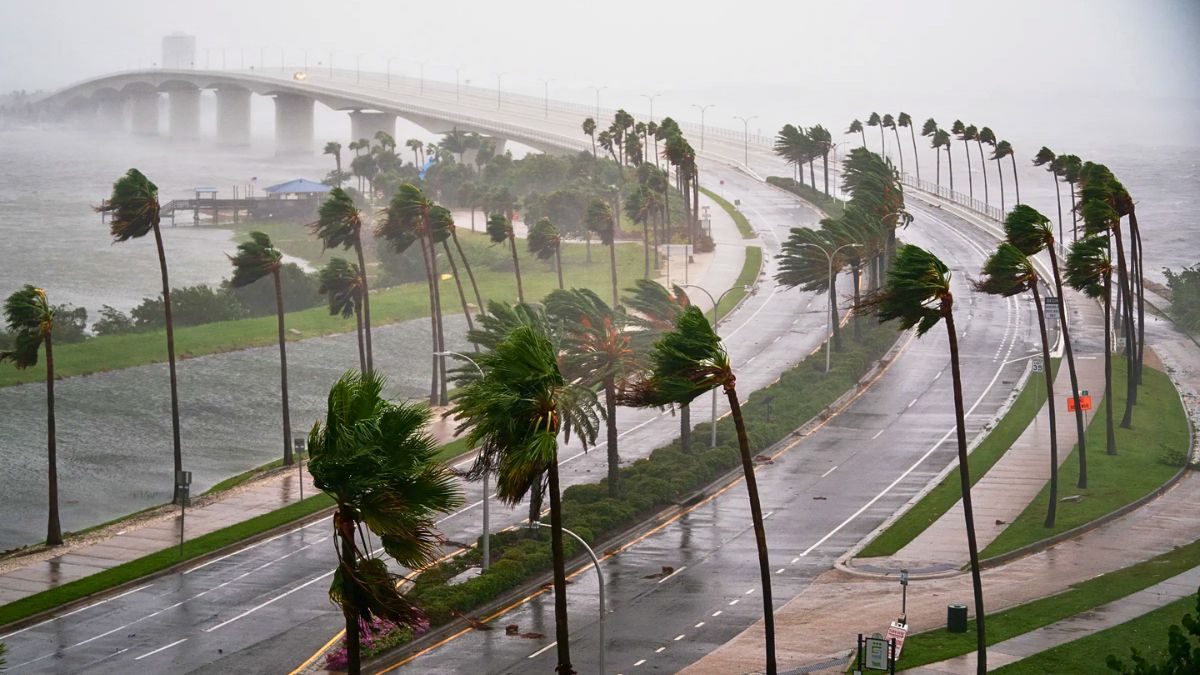A powerful 8.8-magnitude earthquake recently shook the coast of Russia’s Kamchatka Peninsula, triggering tsunami alerts across half the globe. From Alaska to Hawaii, Mexico, and the U.S. West Coast, coastal communities were put on high alert. Thankfully, the waves were moderate—but it was another chilling reminder that nature doesn’t give warnings we can ignore.
Knowing how to react in the face of a tsunami is not just helpful—it’s lifesaving. So, what should you do if a tsunami is headed your way?
Tsunamis
Tsunamis are giant waves caused by sudden underwater shifts, like earthquakes, volcanic eruptions, or landslides. They are nothing like regular ocean waves. Tsunamis push entire masses of water, not just the surface. Out in open water, you might not even notice them. But as they approach land, all that underwater energy builds into a massive wall of water moving with terrifying speed.
These waves often come in sets, and the first one may not be the worst. Some of the deadliest cases happen when people go back to the beach after the initial wave, thinking it’s all over.
Warnings
Nature often gives its own warning signs before an alert ever goes off. Feel a strong, long-lasting earthquake near the coast? That could be your first hint. Another big warning is if the ocean suddenly pulls back, exposing rocks or the sea floor where water usually covers it. That’s a giant red flag.
You might also hear a strange roar, like a distant train or jet engine. If any of these signs appear, do not wait for an official message. Move immediately.
Safety
Experts are clear: the safest place is high ground. If that’s not possible, head inland, away from the coast. In cities or flat areas, solid multi-story buildings may offer temporary shelter—just be sure they look sturdy.
If you’re in a port or on a boat during a local earthquake, your best bet is to get to land as fast as possible. For tsunamis generated far away, boats might head to deeper water if instructed, but only follow official guidance. Never try to make that call on your own.
Most importantly: don’t stay to watch or record. People who go back to the shore out of curiosity often don’t make it back.
Aftermath
Once the wave hits, the danger isn’t over. Strong currents may continue for hours, and the water will likely be full of debris, fuel, and even sewage. Stay away until officials say it’s safe.
When you do return, take precautions. Check for cracks in walls, gas leaks, or exposed wires. Don’t eat food that came in contact with floodwater, and avoid drinking tap water until it’s declared safe.
| Tsunami Survival Guide | What to Do |
|---|---|
| After a strong earthquake | Move to high ground immediately |
| Sea suddenly recedes | Evacuate the coast without hesitation |
| Hear roaring sounds | Don’t wait—go inland right away |
| On a boat near shore | Head to land unless instructed otherwise |
| After first wave passes | Stay away—more waves may follow |
| Returning home | Check for damage, contamination, hazards |
History
This recent earthquake in Kamchatka joins a long list of tsunami-triggering events. The 2004 Indian Ocean tsunami killed over 230,000 people across 14 countries. In 2011, Japan faced towering waves that devastated towns and led to the Fukushima nuclear crisis.
These events remind us that tsunamis can happen with little warning and massive consequences.
Awareness
While we can’t stop earthquakes or tsunamis, we can control how we respond. Knowing the natural signs, knowing where to go, and taking alerts seriously can mean the difference between survival and tragedy.
The ocean will always move according to its own rules. But preparation, awareness, and fast action can help us stay one step ahead.
FAQs
What causes a tsunami?
Underwater earthquakes, volcanic eruptions, or landslides.
What’s a warning sign of a tsunami?
Strong quakes, sea receding, or roaring ocean sounds.
Is the first wave the most dangerous?
Not always. Later waves can be stronger.
Where should I go during a tsunami?
To higher ground or inland—never stay near the beach.
When is it safe to return?
Only after authorities give the all-clear signal.

